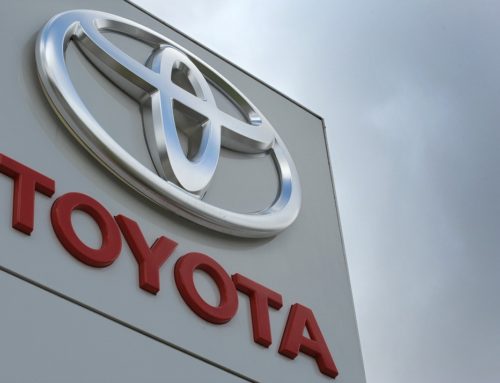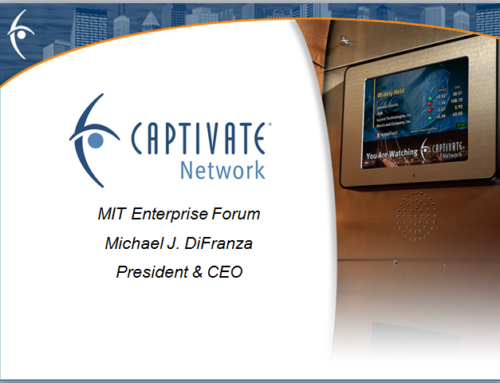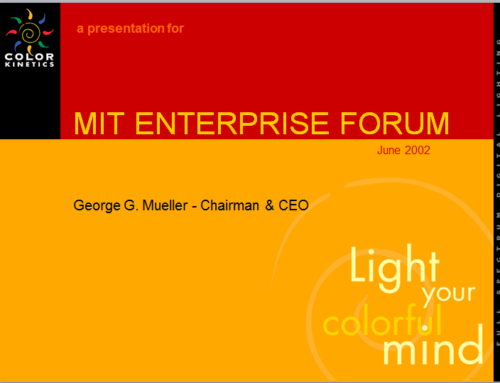Introduction
The focus of the present paper is to understand why the pharmaceutical companies Eli Lilly and Pfizer failed in the introduction of what was supposed to be priced premium innovative products like the 100% pure synthetic insulin “Humulin” or the inhalable insulin “Exubera” and make the correspondent recommendations for the future develop of the firms.
Analysis
To gain an understanding and find some possible explanations, we will analyze the situation from different points a view.
Be big and arrogant
Big companies have great advantages like economies of scale, well managed infrastructure, brand equity and substantial market share, but some only try to defend their market share, focusing only on processes and product creation instead of listening to customers (Christensen, 1999). For example, Eli Lilly had almost the 80% of the US insulin market and did not want to introduce new products like the insulin pens because potential cannibalization´s risks (Christensen, 2004). By the other hand, the managers of Pfizer thought they had a product that was going to revolutionize the market. But, after their failure, they blamed the drug´s launching, the marketing campaign and the sales strategy. For them the product was excellent (Simons, 2007), that is, the problem was outside the company.
Did not listen to customers´ pain
Eli Lilly and Pfizer invested millions of dollars generating innovative products related with insulin, like Humulin that was supposed to be the “supreme breakthrough in insulin product” (Christensen, 2004) or Pfizer with their Exubera, the “next big thing in drugs” (Weintraub, 2007).
Both of them failed, and one of the most important causes was the absence on focusing in the customers´ pain (Adams, 2002). In the case of Humulin, the patients were not dissatisfied with animal insulin (no pain) and were not willing to pay price premium for a 100% pure product (Christensen, 2004) that had the same functionality, reliability and convenience of the traditional one (Christensen, 1999). In the case of Pfizer, they thought that patients would use the inhaled insulin because of the fear to needles (the pain), but there was no problem there; patient did not worry about the needles because at that time they were thinner enough (Weintraub, 2007).
The basis of competition
The innovation of the 100% pure insulin Humulin was an improvement that the market did not absorb; because the basis of competition in insulin market was in the dimension of convenience and the new innovation was related with reliability. It was for only a few segment of patients that resisted the animal based one (Christensen, 2004). The customers were not willing to pay premium price for this innovation because the traditional insulin fulfilled with the functionality and reliability dimensions of the product (Christensen, 1999).
Exubera had another problem; industry was in the convenience dimension, the inhalable insulin was a serious candidate to shift the basis of competition, promising to avoid the needles (Weintraub, 2007) and be used for short-acting insulin as the needed in meals (Lawsuit Guru, 2008). But the product had serious problems of functionally: was difficult to handle with its big can, its dosage was not easy to adjust and patients needed periodical heath tests. And had reliability problems like potential risky side effects for lungs and was not recommended to patients with breathe diseases.
The influence of stakeholders
Other important influencer in this industry are the stakeholders, that are represented by the physicians, that increasingly in time were less like to be persuaded to prescribe and explain the company´s new products to the patients (Christensen, 1999). In the case of Pfizer´s Exubera was critical, because they did want to know about the product. They said that it was uncomfortable and difficult to use (Simons, 2007).
Conclusions
These two products had serious problems to fit customers’ convenience, with poor result in adapting to patients lifestyle, not listening to their pain. Both companies where focused on the product, blaming the market for their failure, having serious problems with the business model, centered in the physicians as stakeholders.
Recommendations
In the case of Eli Lilly, we recommend to reorganize the firm creating a separate division or company for the develop of the innovative products, not passing through their actual functional organization (Christensen, 2004), this will allow avoid bureaucracy, quarterly revenue reports and lack of risk taking, increasing flexibility, staying fast and gain ability to capture and develop good innovative ideas (Christensen, 1999). Pfizer has already a similar structure as the proposed, basing their new drugs growth licensing and partnering with smaller and agile biotechnology companies (Simonds, 2007), the Exubera´s failure with the partnership firm Nektar only tell us that Pfizer has to improve the ways they test the new products and validate the market, rather than developing new drugs by their self.
One way to determine if their innovative portfolio of products have a real market is to focus on validating it, exploring the pain of the customers (Adams, 2002) and determine what shifts the basis of competition (Christensen, 1999). For example, patients that want to eat “what and when they want” could pay premium for the fast adsorption Match insulin, or the ones that find difficult to calculate the dosage, could need the pens-sized injector or the children that are afraid of needles could want the inhalable insulin. The clue is that the improvement offered overshoots what the segmented market needs (Christensen, 1999).
Finally, for a permanent strategy in the introduction of innovative new products firms have to make a market validation, they can use the Adams´s (2002) Pyramid of Influence. For example, in the case of Humulin, in the Stage 1 of Quantifiable Research they could have found that not 100% pure insulin was not causing a great pain in patients. Or Pfizer´s Exubera that was intended to calm the pain of patient that were afraid of needles, were not willing to have an uncomfortable and difficult to use product. We could have discovered this is the Stage 2, where a product prototype is built for quality test users.
References
Adams, R. (2002). A good hard kick in the ass: Basic training for entrepreneurs. New York, NY: Random House/Crown Business
Christensen, C.M. (1999). Innovation and the general manager. Boston, MA: McGraw-Hill Irwin
Christensen, C.M. (2004). Eli Lilly and Company: Innovation in diabetes care. Boston, MA: Harvard Business School Publisher
Gutierrez, C. (2007, October 18). Pfizer washes its hands of Exubera. Retrieved on May 27, 2012 from http://www.forbes.com/2007/10/18/pfizer-earnings-closer-markets-equities-cx_cg_1018markets47.html
Lawsuit Guru (2008, Jun 27). FDA approves first inhaled insulin. Retrieved on May 28, 2012 from http://www.youtube.com/watch?v=gOy12-VIWI4
Simons, J. (2007, October 19). How the Exubera debacle hurts Pfizer. Retrieved od May 27, 2012 from http://money.cnn.com/2007/10/19/magazines/fortune/simons_ pfizer_erbitux.fortune/?postversion=2007101916
Weintraub, A. (2007, October 18). Pfizer´s Exubera Flop. Bloomberg BusinessWeek. Retrieved on May 26, 2012 from http://www.businessweek.com/technology/content/oct2007/tc20071018_028695.htm






Leave A Comment